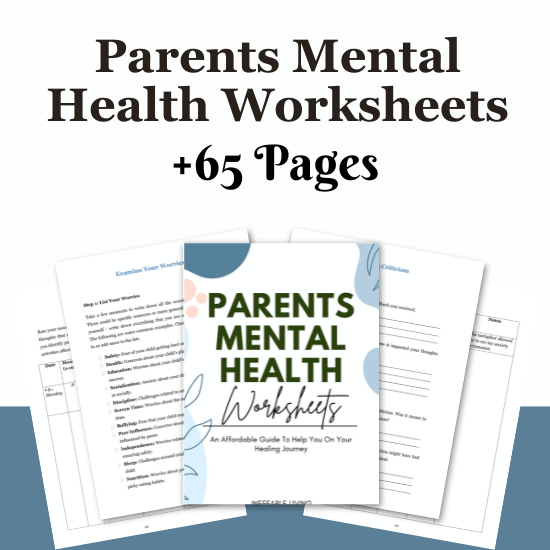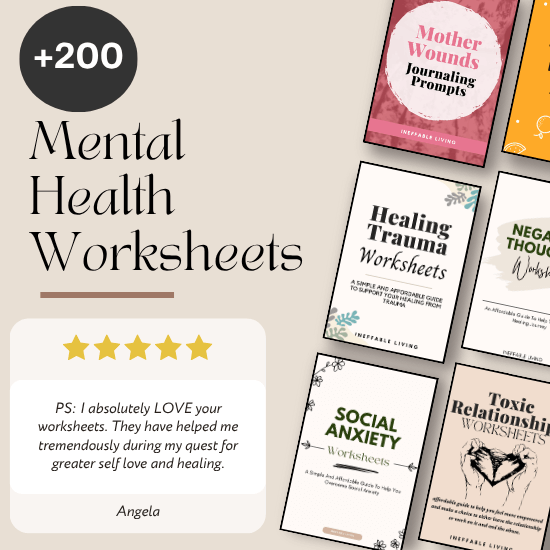Separation anxiety is a natural phase of development but can be challenging for both children and parents.
It often arises during transitions like starting school, daycare, or when a parent returns to work.
Here are some effective strategies to help both parents and children navigate and ease separation anxiety.
Managing Separation Anxiety: 12 Tips for Parents and Children
1. Prepare for the Transition Gradually
Introducing separation in gradual, manageable steps can help children feel more comfortable. A slow adjustment period allows children to build trust and become familiar with new routines.
How to Practice: Start with short separations, like leaving them with a trusted caregiver for brief periods, and gradually increase the time apart. This gradual process helps them adjust to the idea of separation without feeling overwhelmed.
2. Establish a Consistent Routine
A predictable routine provides structure and security, which can ease anxiety around separation. When children know what to expect, they’re less likely to feel anxious.
How to Practice: Create a morning routine that includes a few special moments together, such as a favorite breakfast or a goodbye ritual. Keep pick-up times consistent so children feel secure knowing when you’ll return.
3. Practice a Calm and Confident Goodbye Ritual
Children pick up on their parents’ emotions, so staying calm and confident during goodbyes can help ease their anxiety. A simple, consistent goodbye routine can be comforting.
How to Practice: Develop a short goodbye ritual, like a hug, high-five, or special phrase. Keep it brief and upbeat, and avoid long, emotional farewells. Consistency helps your child feel assured that you’ll return.
4. Validate Their Feelings and Reassure Them
Letting children know it’s okay to feel upset or worried helps them process their emotions and feel understood. Offering reassurance and acknowledging their feelings can reduce the intensity of their anxiety.
How to Practice: Use empathetic language like, “I know you feel sad when I leave, and that’s okay. I feel sad too, but I’ll be back soon.” Reassure them that it’s normal to feel this way and that they’re safe.
5. Provide a Comfort Object or Transitional Item
A comfort object, like a favorite toy, blanket, or even a small item from home, can provide a sense of security when children are away from their parents.
How to Practice: Let your child choose a special object to keep with them while you’re apart. You could even leave them with a small item of yours, like a scarf or photo, to remind them of you and offer comfort.
6. Encourage Positive Coping Techniques
Teaching children simple coping strategies can empower them to manage their feelings. Techniques like deep breathing or visualizing a safe place can help them calm down when they’re anxious.
How to Practice: Practice a few calming exercises together, like taking deep breaths or imagining a happy memory. When they feel anxious, remind them of these techniques and encourage them to use them to self-soothe.
7. Use Visuals to Reinforce Understanding of Time
Children can struggle with the concept of time, which can intensify separation anxiety. Using visual aids helps them understand when they can expect to see you again.
How to Practice: Use a visual clock, calendar, or timer to show your child when you’ll be back. For younger children, explain the timeline in terms they understand, like, “I’ll be back after snack time,” to give them a sense of predictability.
8. Build Confidence with Positive Reinforcement
Celebrating small successes can help children gain confidence and feel proud of their ability to handle separation. Positive reinforcement reinforces their resilience and helps them approach each separation with less anxiety.
How to Practice: Praise your child for managing separation well, even if it’s just for a few minutes. Say things like, “I’m so proud of you for being brave today!” or offer a small reward if they handle the transition positively.
9. Stay Consistent with Caregivers and Environments
Consistency with caregivers and environments can reduce separation anxiety by helping children feel familiar and comfortable. Familiarity with their surroundings and caregivers creates a sense of security.
How to Practice: If possible, choose consistent caregivers or childcare environments. Introduce any changes gradually, allowing them to adapt over time. If you’re using a new caregiver, spend some time together initially to help them adjust.
10. Prepare Yourself Emotionally as a Parent
Separation anxiety isn’t just challenging for children—parents often feel it too. Taking care of your emotions and remaining calm during separations helps reassure your child and sets a positive example.
How to Practice: Acknowledge your feelings and practice deep breathing or self-soothing techniques if you’re feeling anxious. Try not to linger on goodbyes, and remind yourself that separation is healthy for your child’s growth and resilience.
11. Plan Fun Activities for When You’re Apart
Distracting children with enjoyable activities can reduce separation anxiety by shifting their focus to something positive. Fun activities give them something to look forward to and help pass the time while you’re away.
How to Practice: Work with caregivers or teachers to plan engaging activities for when you’re gone, like storytime, crafts, or a favorite game. When you discuss your separation, mention the fun things they’ll get to do so they associate the time apart with positive experiences.
12. Be Patient and Offer Gradual Exposure
Separation anxiety can take time to ease, and every child adjusts at their own pace. Be patient and supportive, giving them space to gradually grow more comfortable with each separation.
How to Practice: Celebrate small steps toward independence and give them gentle encouragement. Remember that setbacks are normal, and try to keep a positive outlook. Reinforce the message that it’s okay to feel anxious, but that they are safe and loved.
When to Seek Additional Support
If your child’s separation anxiety persists or intensifies, consider speaking with a pediatrician or child psychologist for additional guidance. Signs that additional support may be beneficial include:
- Severe distress lasting beyond the typical adjustment period
- Frequent nightmares or difficulty sleeping
- Physical symptoms like stomachaches or headaches related to separation
- Difficulty functioning in school or daily activities due to anxiety

Conclusion
By approaching separation with empathy, consistency, and positive reinforcement, you can help your child build confidence and learn to manage their anxiety.
Remember that separation anxiety is a common phase and, with support, children can develop resilience and a healthy sense of independence.



